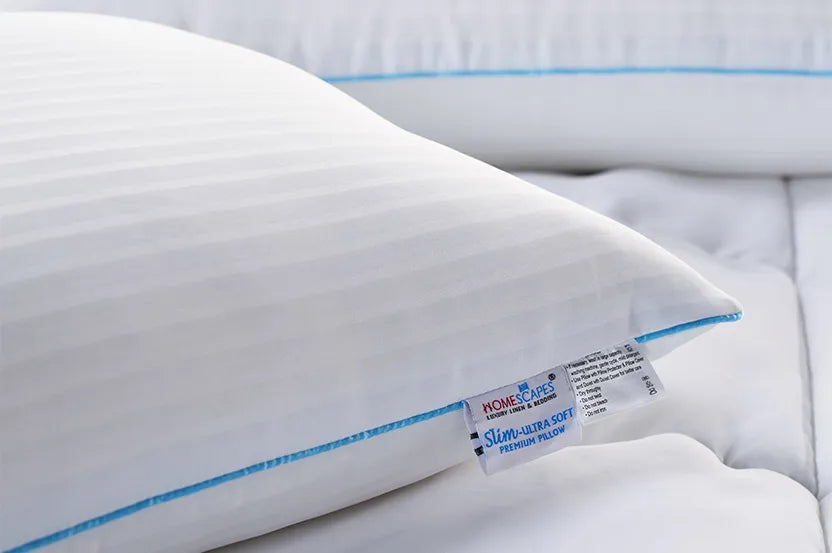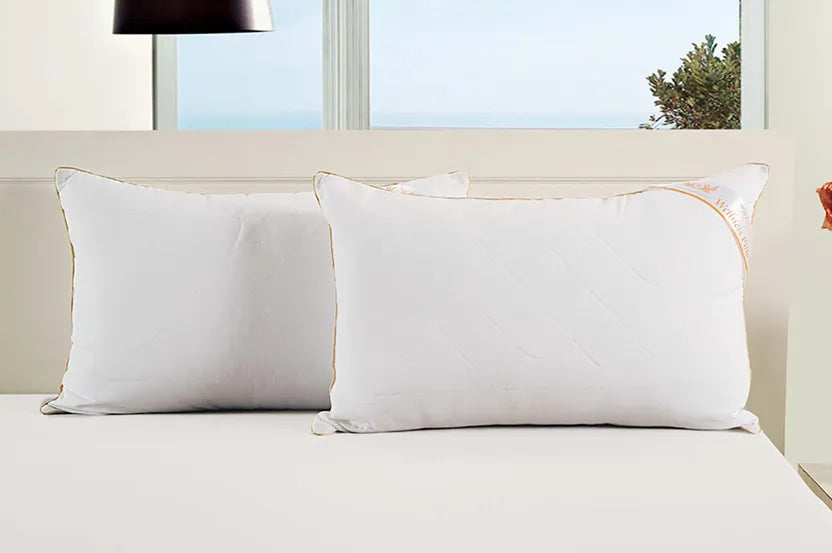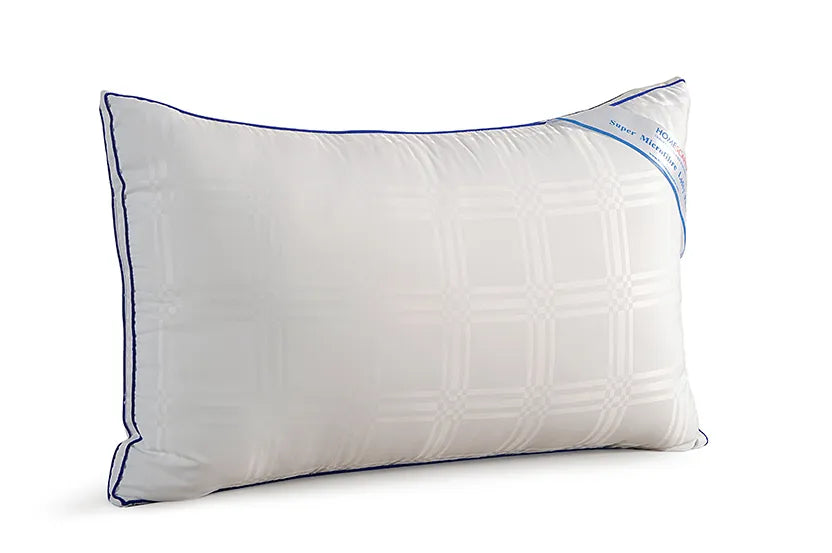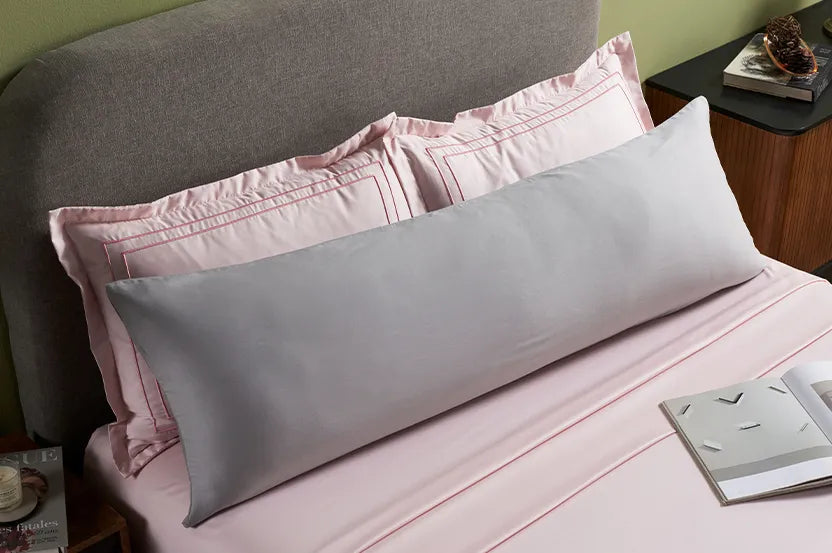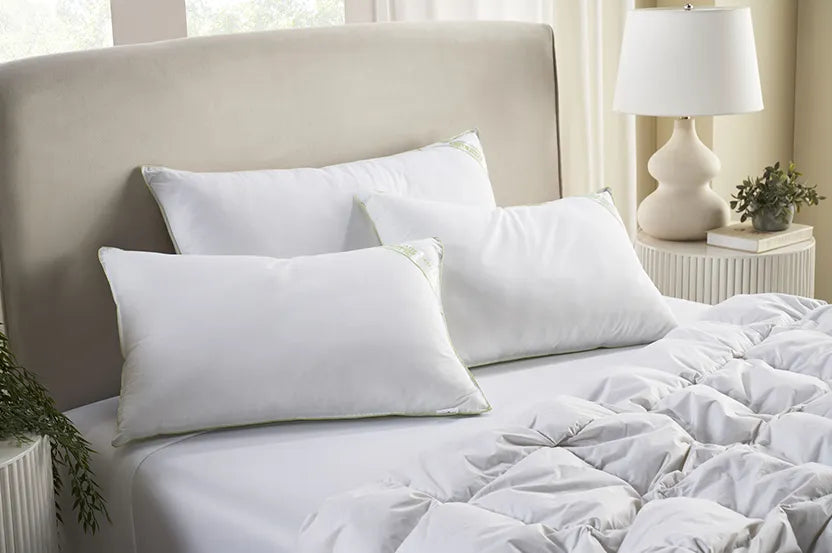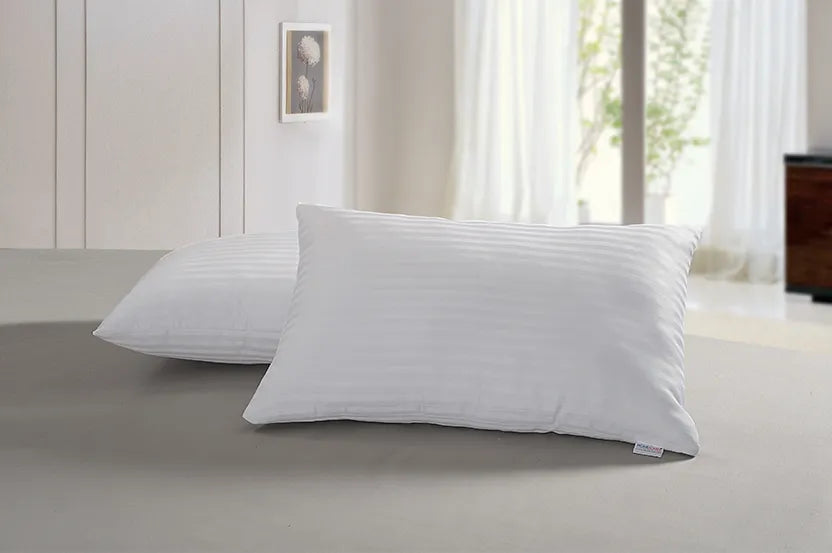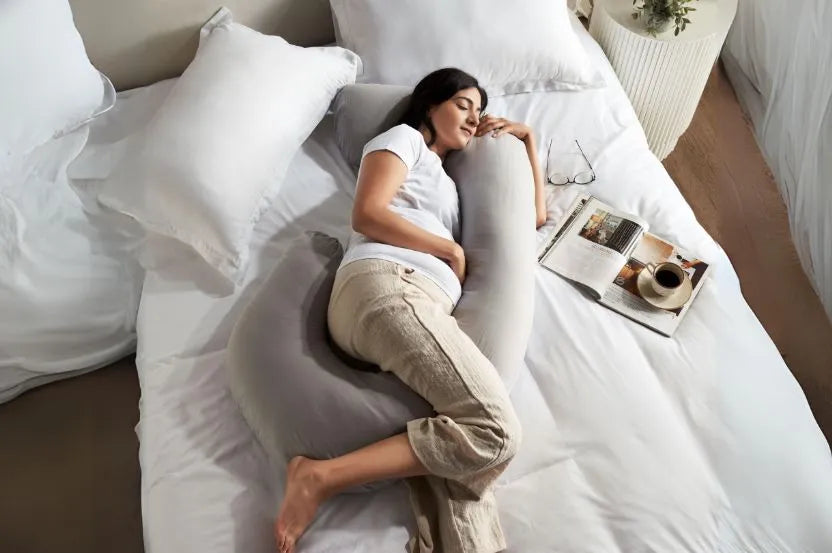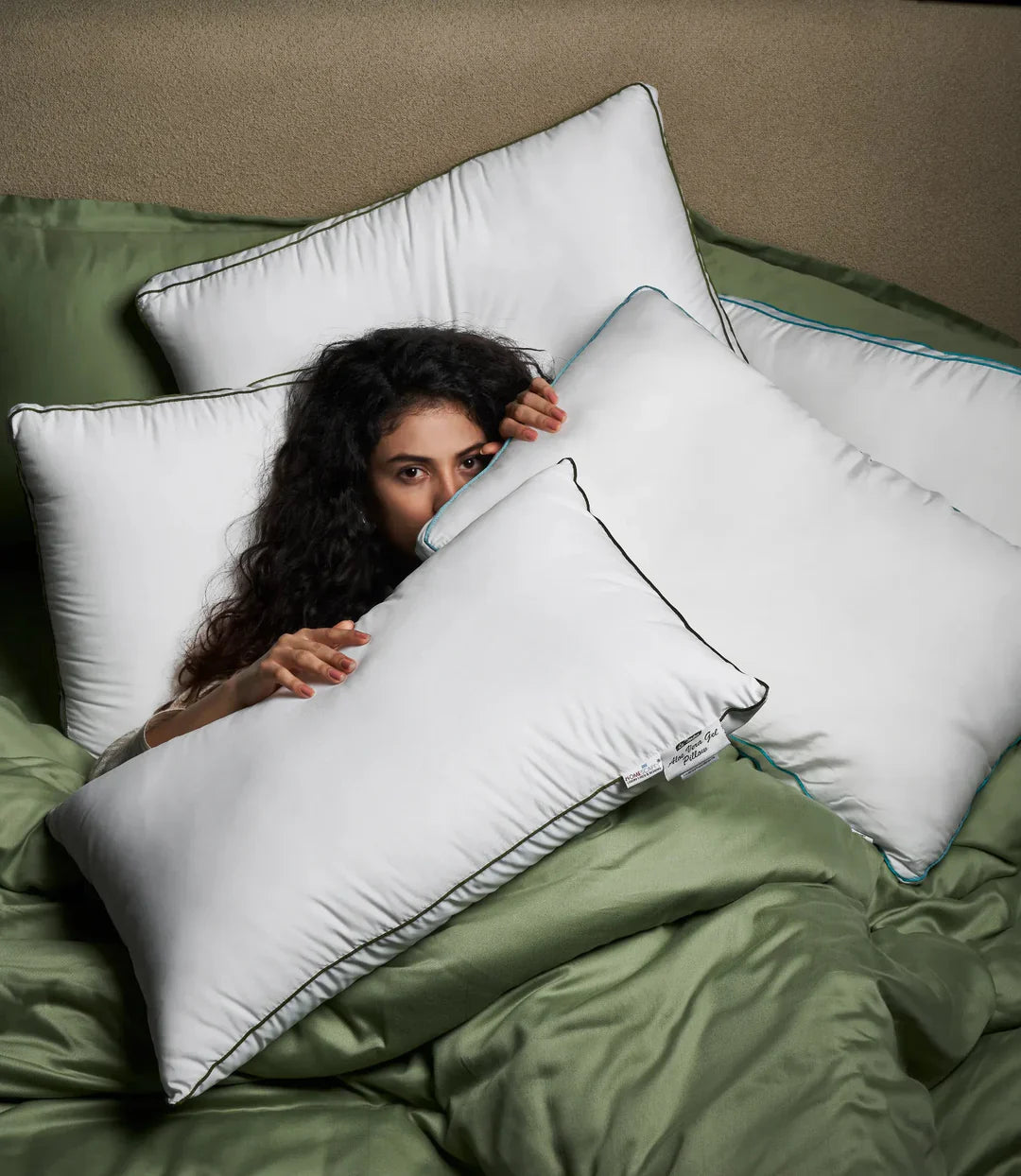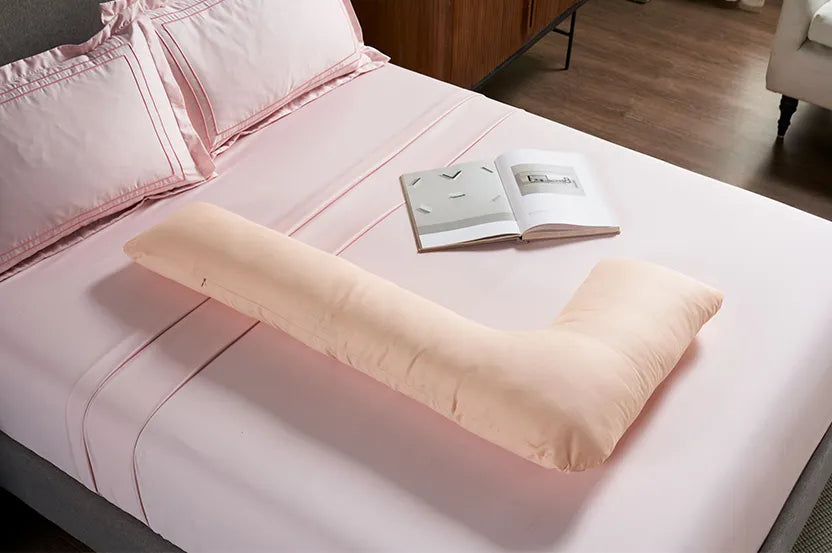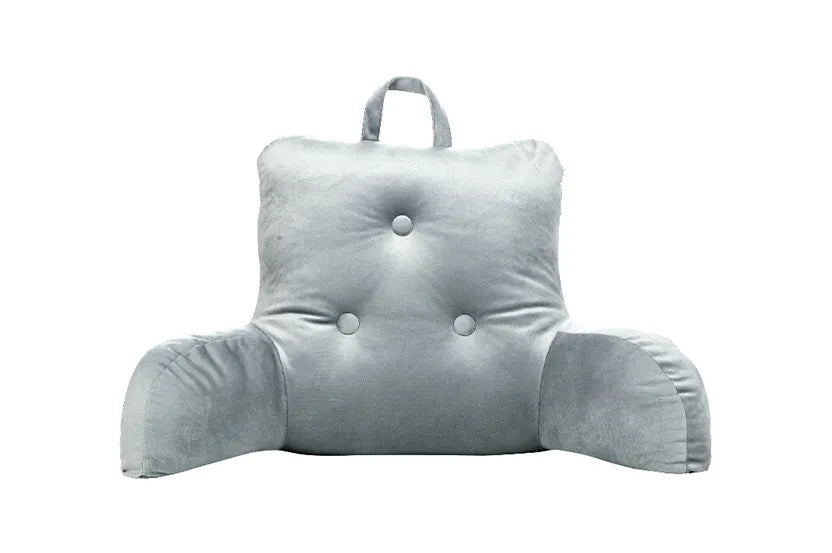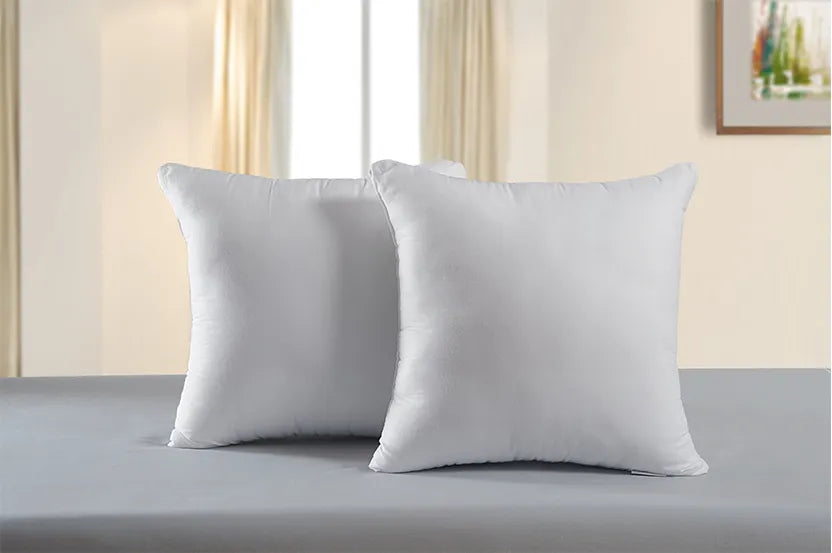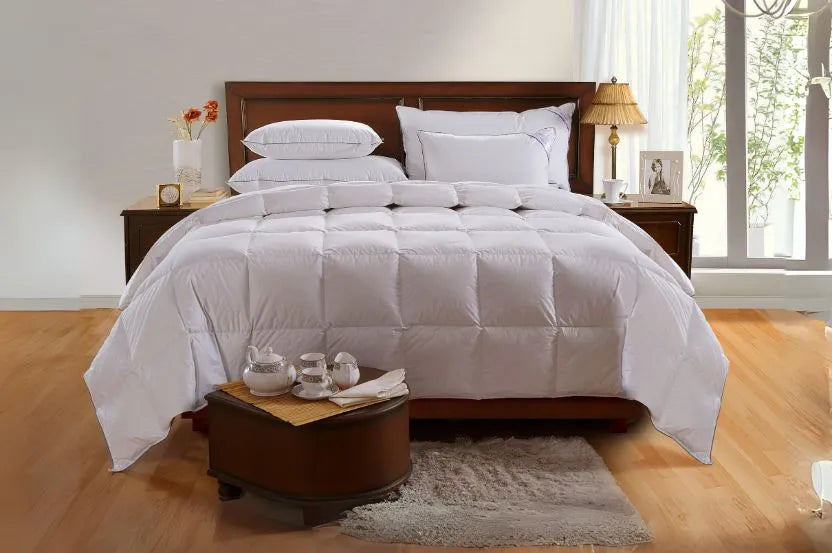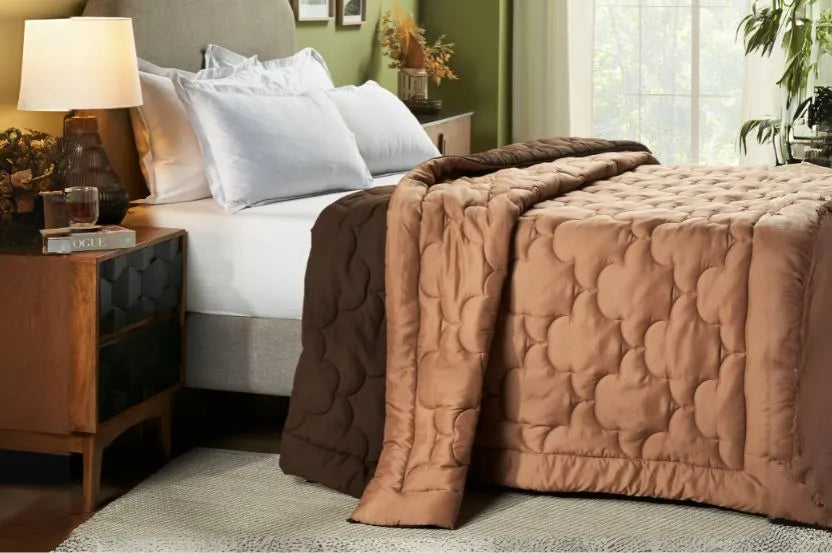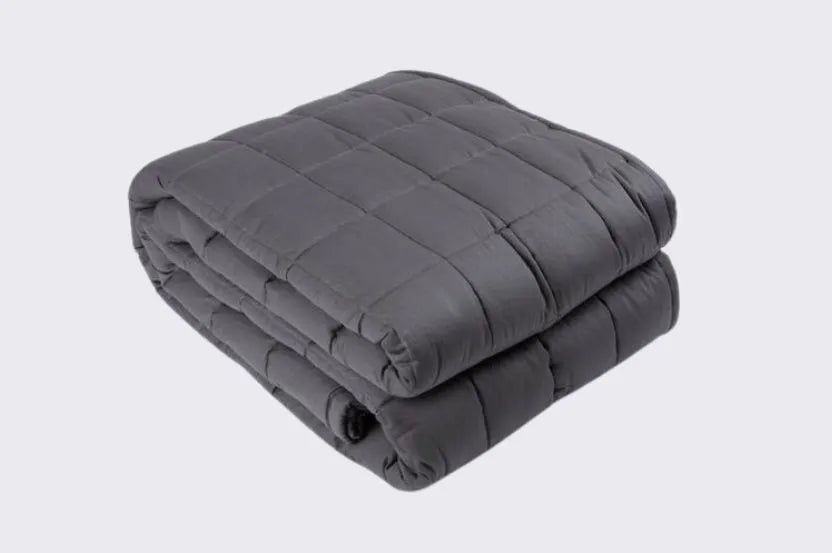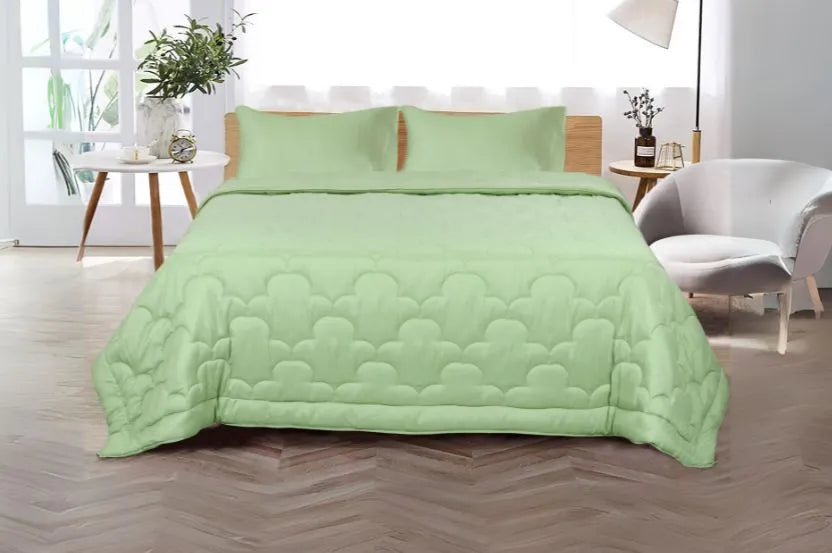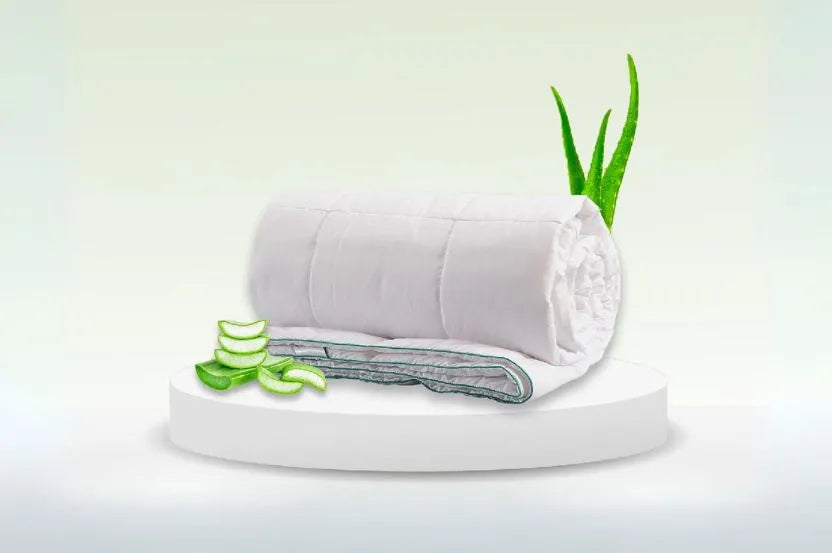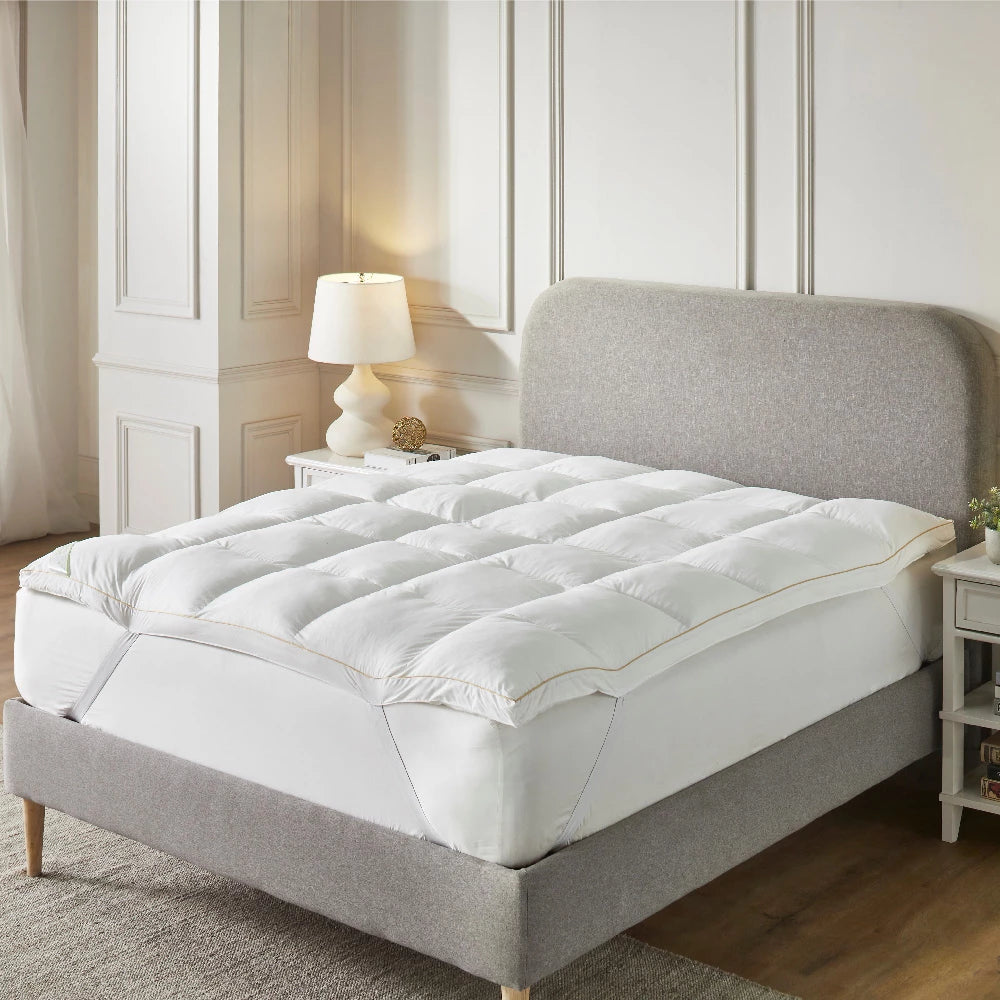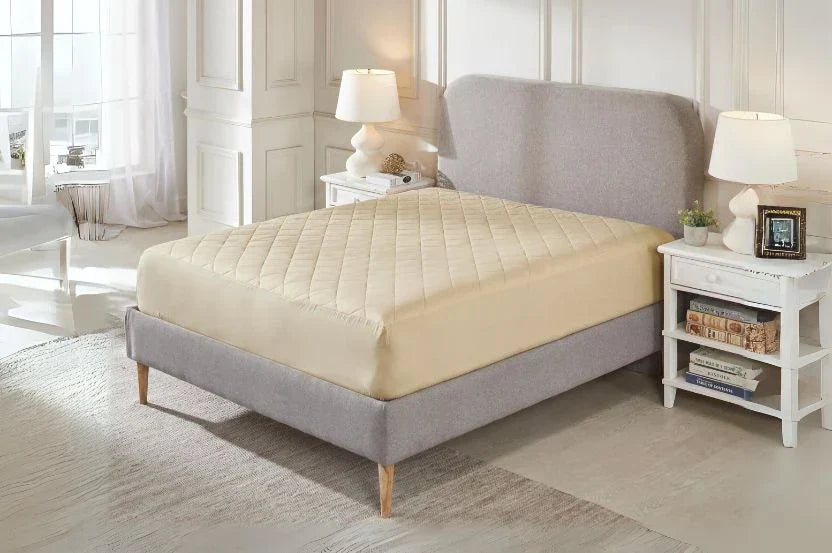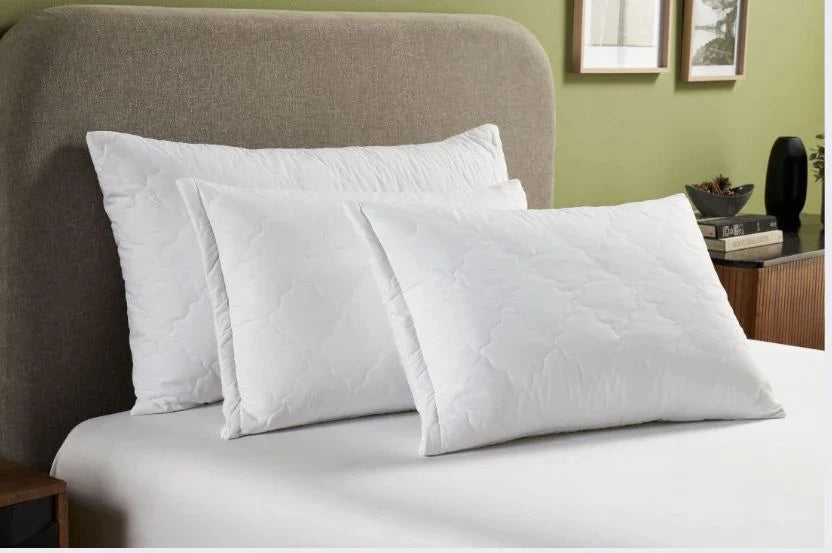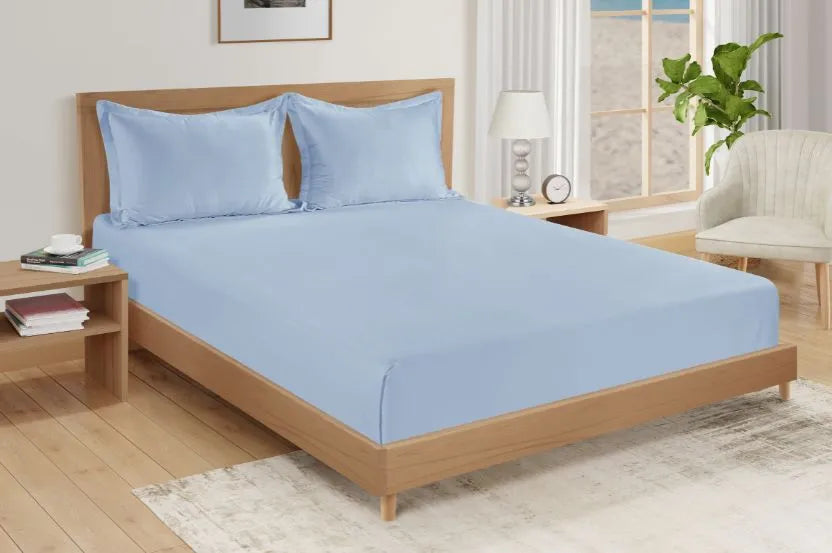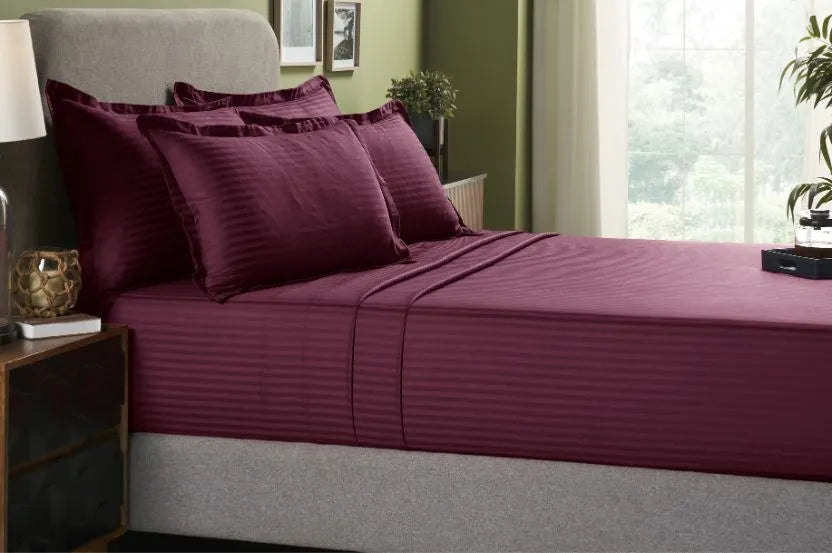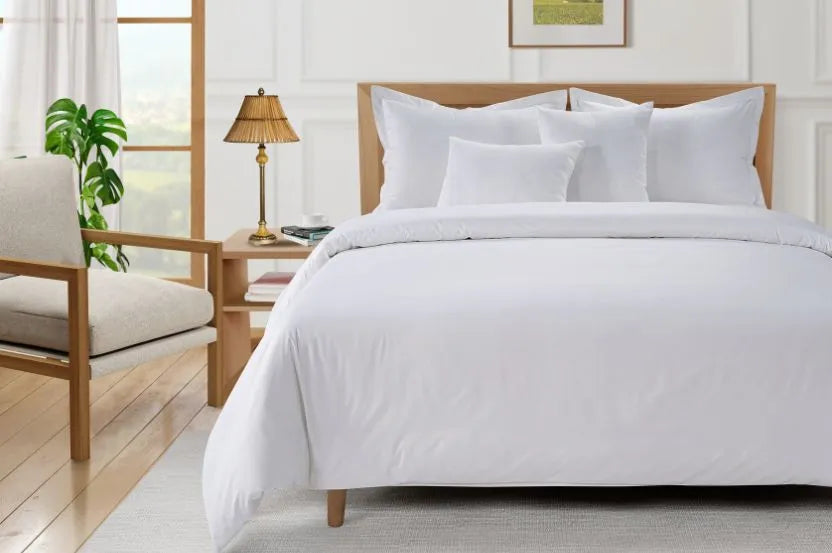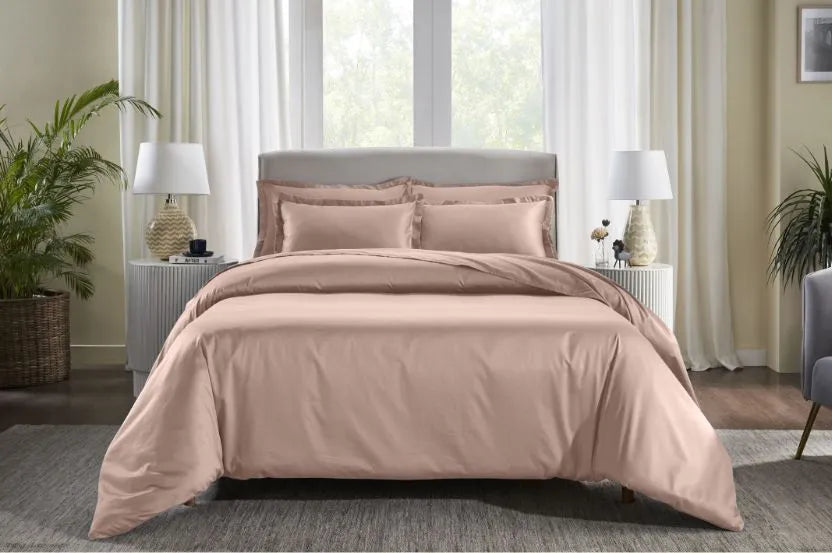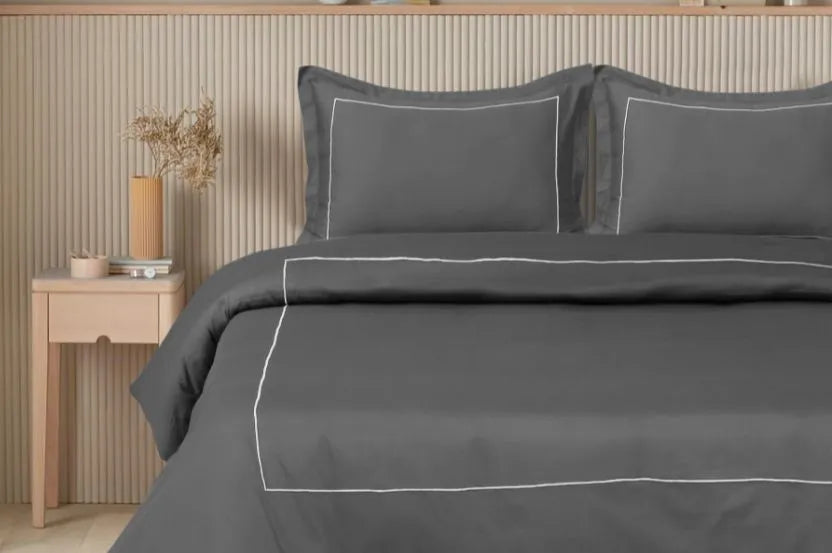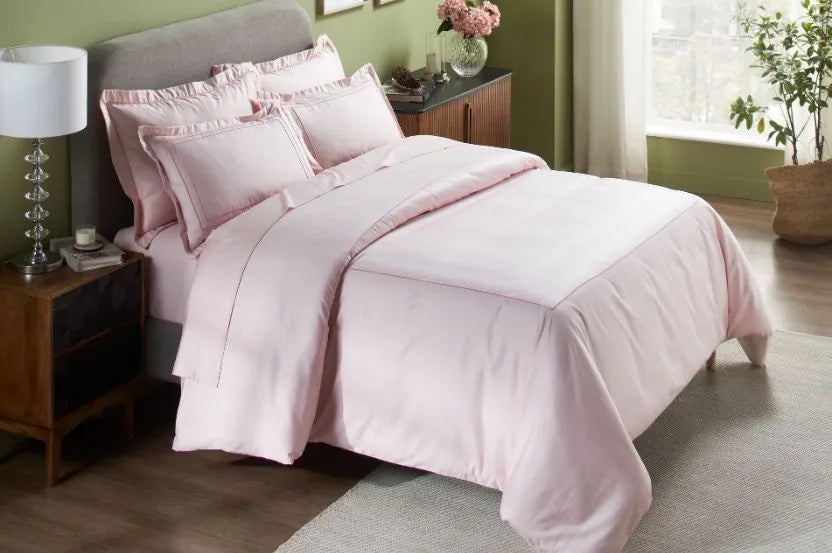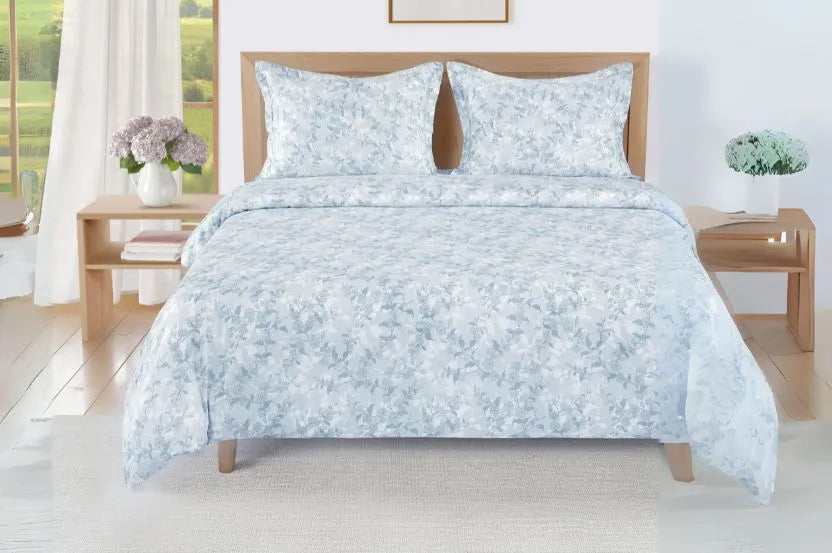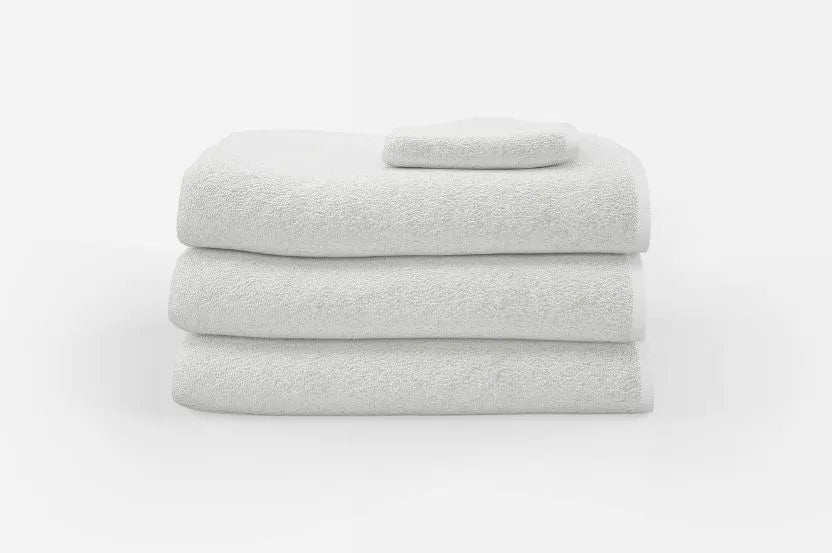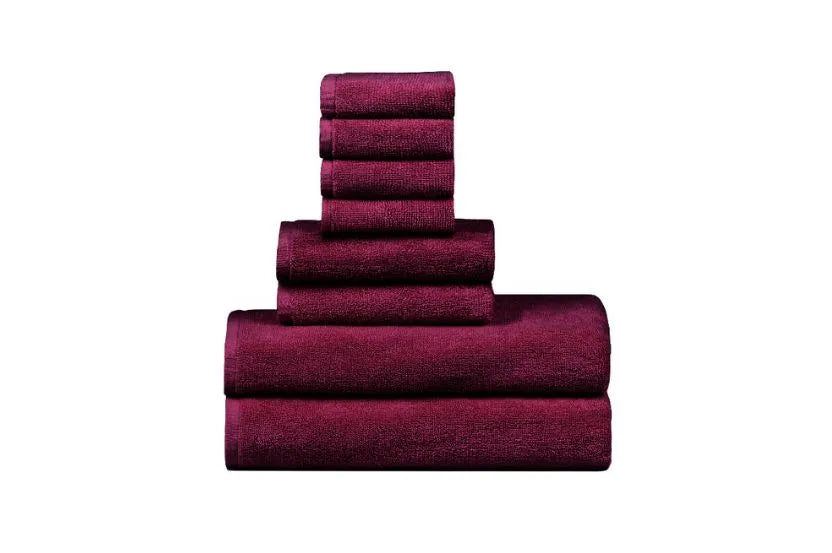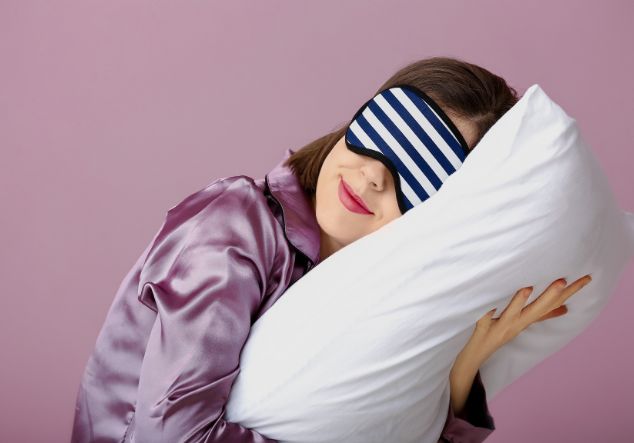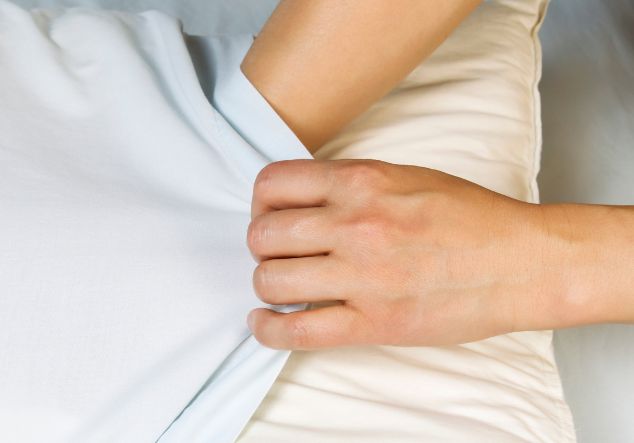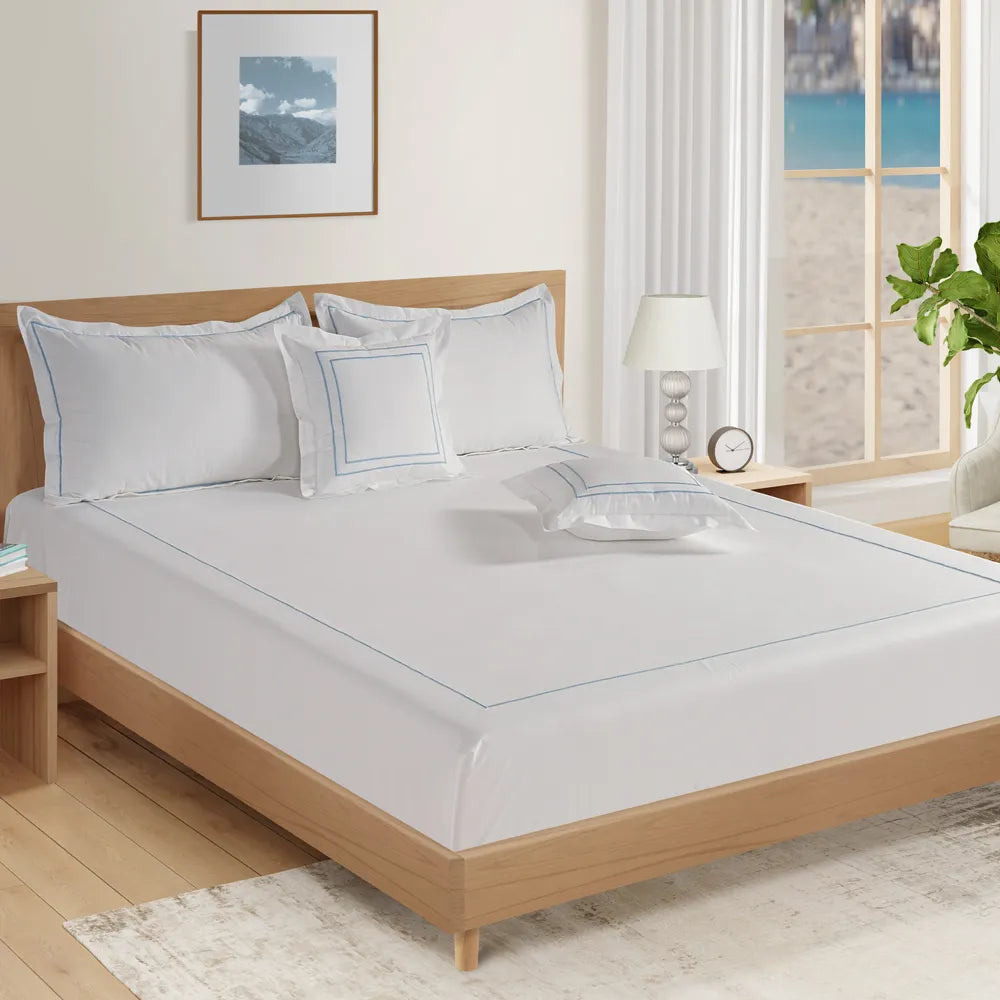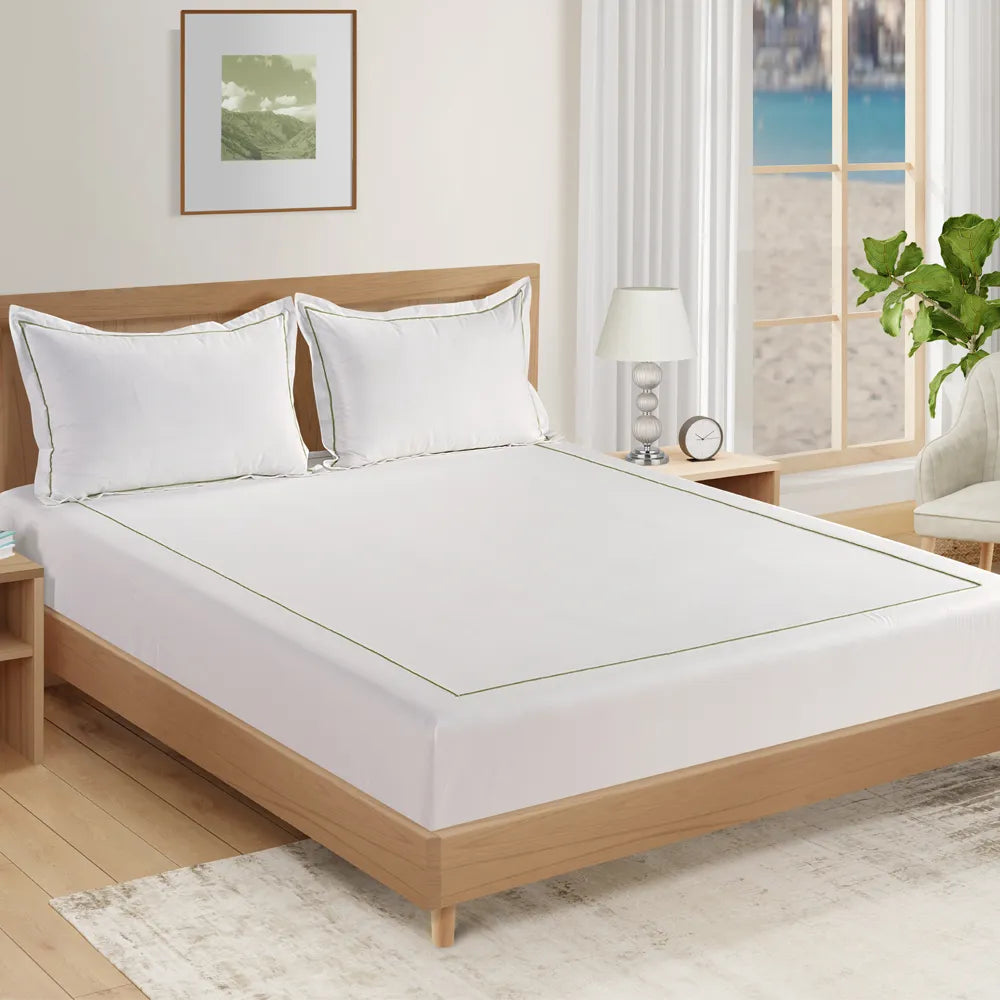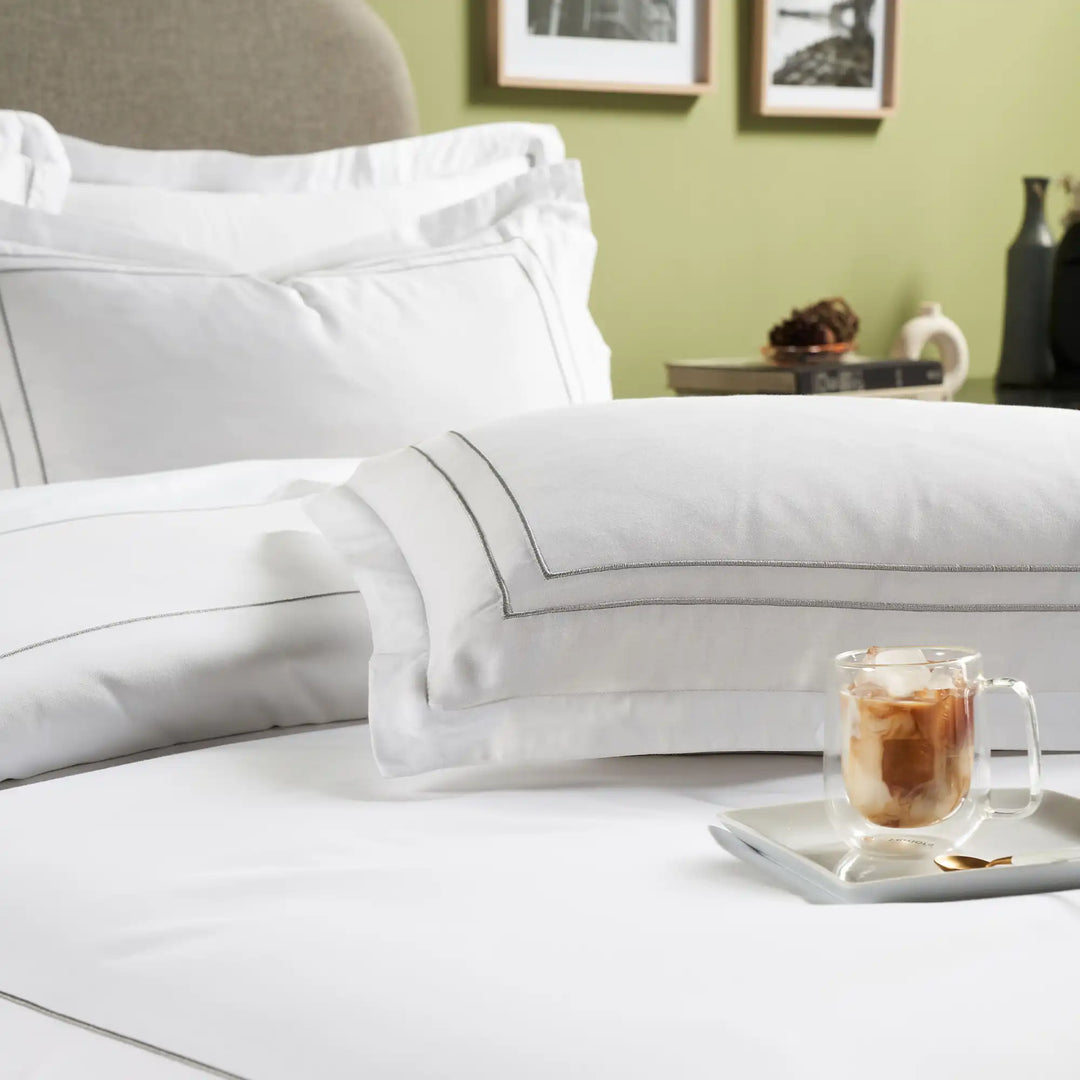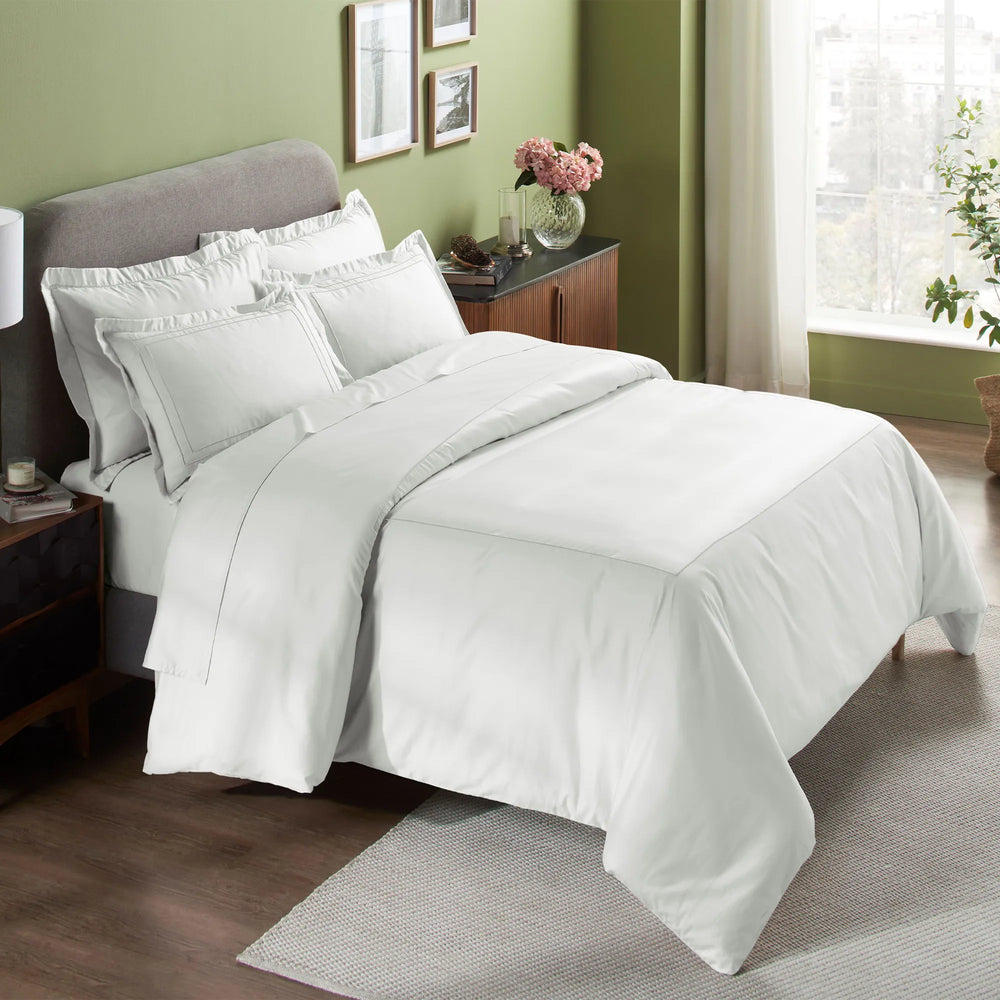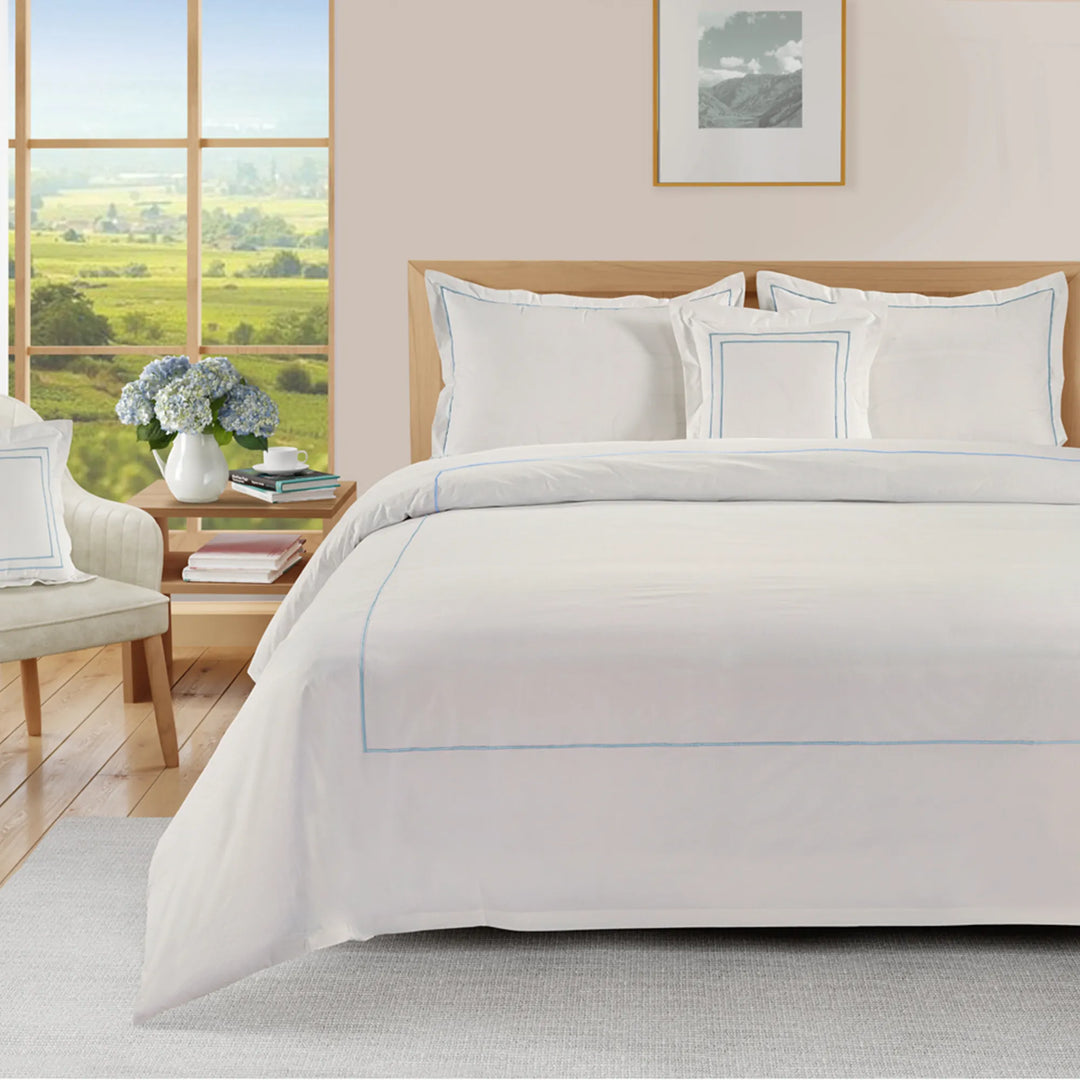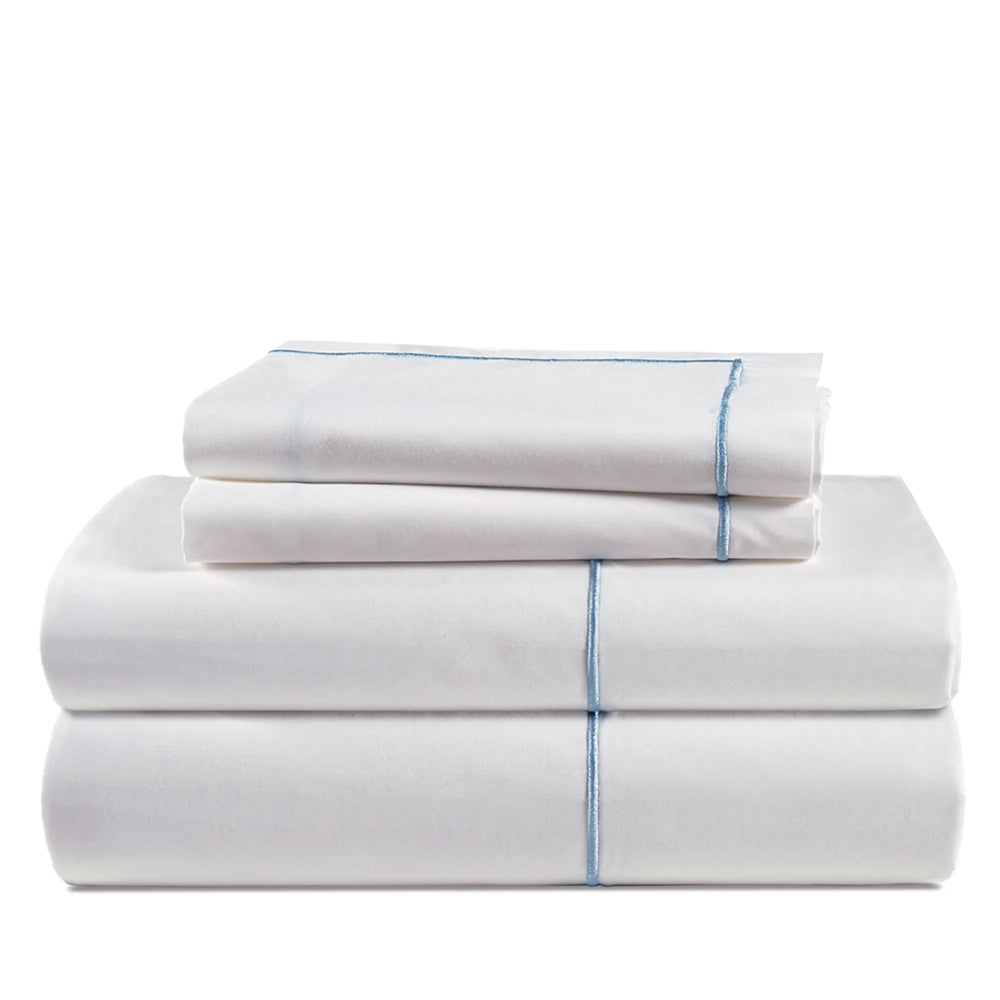Pillows are a crucial part of your daily sleep routine. But over time, they accumulate dirt, sweat, and allergens. Without proper care, pillows can lose their shape and comfort, affecting the quality of your sleep. Knowing how to clean and maintain your pillows will not only keep them fresh but also extend their lifespan, ensuring you get the best support night after night. In this guide, we’ll cover all the essential steps for pillow maintenance, from washing techniques to additional care tips.
Why Pillow Maintenance is Essential
Regular pillow maintenance is crucial for both hygiene and comfort. Pillows can harbor dust mites, sweat, and skin oils, which may lead to allergies or skin problems if not cleaned. Over time, these build-ups can cause pillows to become lumpy or lose their support, impacting sleep quality. Cleaning your pillows not only prevents these issues but also keeps them smelling fresh and prolongs their life. Well-maintained pillows can also help you avoid frequent replacements, saving you money in the long run.
Different Types of Pillows and Their Care Requirements
Each type of pillow requires specific care to ensure it stays in good condition. Knowing what your pillow is made of will help you choose the right cleaning method, whether it’s memory foam, down, or synthetic.
Memory Foam Pillows
Memory foam pillows are known for their excellent support, but they require a gentle approach when cleaning. Avoid machine washing as it can damage the foam. Instead, spot-clean memory foam with mild detergent and water. After cleaning, allow the pillow to air dry completely to avoid mold or mildew. For ongoing care, vacuum your memory foam pillow regularly to remove dust and debris.
Down and Feather Pillows
Down and feather pillows are soft and comfortable but require special care. These pillows can usually be machine washed, but it's essential to use a gentle cycle and mild detergent. To maintain their fluffiness, dry them with tennis balls or dryer balls in the machine. This helps redistribute the feathers and prevent clumping. Avoid over-washing to maintain the integrity of the feathers.
Synthetic Pillows
Synthetic pillows, made from materials like polyester, are the easiest to clean. Most can be washed in a machine with warm water and gentle detergent. Be sure to rinse thoroughly to remove all soap residue, which can cause clumping. Dry synthetic pillows completely, preferably in a dryer on a low heat setting, to prevent mold.
How Often Should You Clean Your Pillows?
Cleaning frequency depends on how much use the pillow gets and the material it’s made from. In general, pillows should be cleaned every six months to remove sweat, oils, and allergens. If you have allergies or tend to sweat heavily at night, consider cleaning them more frequently. Pillow protectors can extend the time between washes, as they act as a barrier against dust and spills. Always follow the manufacturer’s care instructions for the best results.
Step-by-Step Guide to Washing Your Pillows
Washing your pillows correctly can extend their lifespan and keep them fresh.
Hand Washing Pillows
For pillows that cannot be machine washed, hand washing is the safest option. Fill a basin with lukewarm water and add a small amount of gentle detergent. Submerge the pillow and gently squeeze the soapy water through it. Rinse thoroughly with clean water until all soap is gone. Press out excess water gently—do not wring it out, as this can damage the filling. Lay the pillow flat to dry, flipping it occasionally to ensure even drying.
Machine Washing Pillows
Most synthetic and some down pillows can be machine-washed. Use warm water and a mild detergent on a gentle cycle. It’s a good idea to wash two pillows at a time to balance the machine. After washing, dry the pillows on low heat, and use dryer balls to help fluff them. Ensure they are completely dry before using them again to prevent mold growth.
Additional Pillow Care Tips for Longevity
Besides regular cleaning, there are other ways to maintain your pillows for the long term. Using pillow protectors is one of the best ways to keep your pillows clean. These covers act as a barrier against dust, sweat, and spills. Fluffing your pillows daily helps them retain their shape and prevents clumping. It's also a good idea to keep your pillows out of direct sunlight, which can break down materials like memory foam and synthetic fibers over time.
When to Replace Your Pillow
Even with the best care, pillows have a limited lifespan. Most pillows need to be replaced every 1-2 years, depending on their material. Signs that it’s time for a new pillow include lumps, loss of shape, or if the pillow no longer provides adequate support. If you frequently wake up with neck or shoulder pain, it may be a sign that your pillow has lost its support and needs replacing.
How Proper Pillow Care Enhances Longevity and Sleep Quality
Taking the time to care for your pillows is an investment in both their longevity and your own well-being. Clean, well-maintained pillows not only last longer but also provide the essential comfort and support needed for restful sleep. By regularly cleaning your pillows, following the correct washing techniques for different materials, and incorporating additional care tips like using protectors and fluffing them daily, you can prevent issues like dust mites, allergens, and unpleasant odors from building up over time.
Moreover, pillow maintenance is about more than just hygiene—it's about ensuring your pillows continue to perform at their best. A properly cared-for pillow will maintain its shape, loft, and support, all of which are vital for proper neck and spine alignment during sleep. When pillows deteriorate due to poor maintenance, they lose their ability to provide the support necessary for a good night's sleep, potentially leading to discomfort or even long-term health issues.
It's also important to recognize when a pillow has reached the end of its lifespan. Even with meticulous care, pillows will eventually wear out. Being aware of the signs—such as lumps, loss of support, or permanent flattening—ensures you can replace them before they negatively impact your sleep quality.
Incorporating a routine of regular cleaning and careful maintenance doesn't just keep your pillows looking and feeling fresh. It also prolongs their usability, saving you from the hassle and cost of frequent replacements. Ultimately, your pillows play a key role in your overall sleep experience, and taking care of them is a simple but effective way to ensure that you enjoy better sleep, night after night.
